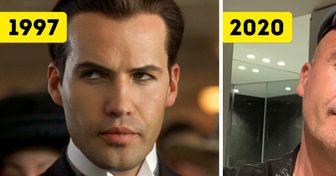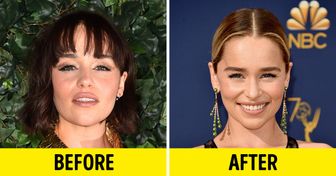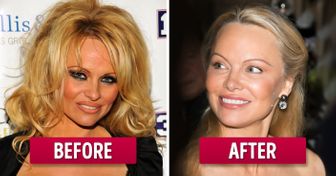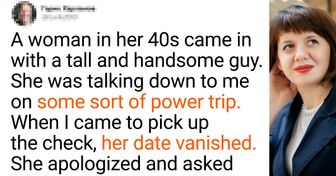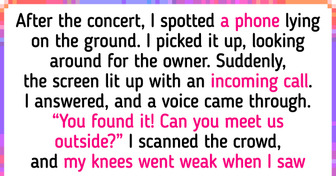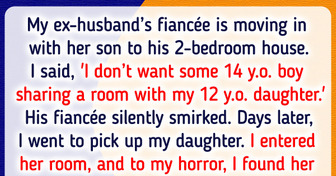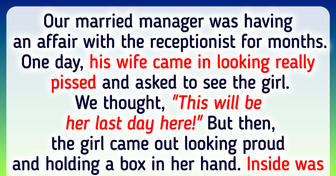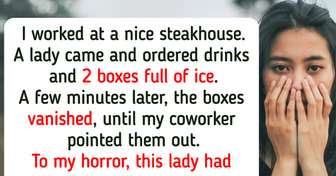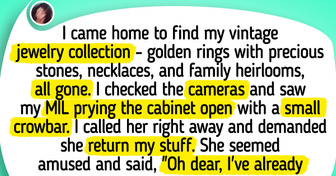What 10 Literary Characters Would Look Like If Filmmakers Made Movies 100% by the Book
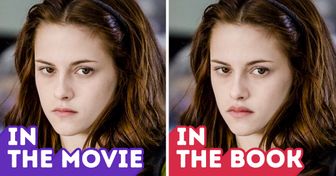
The story of Harry Potter has touched an entire generation who grew up imagining themselves walking down the corridors of Hogwarts and living magical adventures with their friends. Today, the story comes back to the big screens but with other protagonists and set years behind the events that defined the final battle with Voldemort: the Fantastic Beasts saga will soon release its third installment.
And because Bright Side is full of true Potterheads, we reviewed different similarities and fun facts that connect both franchises in very original ways.
The coexistence between the magical world and the Muggle (or non-magical) world is a fundamental part of J.K. Rowling’s universe. Same goes for the acceptance of magical people by non-magical relatives.
In this sense, the villains in both stories, Voldemort in Harry Potter and Grindelwald in Fantastic Beasts, fight (with different methods) to ensure the supremacy of wizards over non-magicians.
Magical creatures are an important and distinctive feature of the magical world. From recognized mythological animals such as the basilisk, the phoenix, the centaurs and the giants, to inventions such as the thestrals and the grindylows, the saga has proven to have a wide creative repertoire supporting these fascinating beasts.
Gellert Grindelwald was revealed to be the main villain in the first installment of the Fantastic Beasts saga. However, there was already a reference to this character in a deleted scene from Harry Potter and the Philosopher’s Stone in which Ron told Harry that Dumbledore was known to have defeated the dark wizard in 1945.
In turn, the character had had a brief appearance in Harry Potter and the Deathly Hallows — Part 1, played by Jamie Campbell Bower in his younger version, and by Michael Byrne in his current version.
The figure of Albus Dumbledore is one of the most important and relevant ones in the magical world. And while he is a wise and powerful character, he remains largely at bay, at least in the first movies. It’s only in the penultimate Harry Potter film that the audience learns who he really is. And then, in the Fantastic Beasts saga, you truly get a more complete picture of one of the most famous wizards in the Potterhead universe.
The various ministries that regulate the magical world have vital importance in the Potterhead universe. While in Harry Potter, we could barely observe the British Ministry of Magic, in the first installment of Fantastic Beasts we could find the MACUSA, which is responsible for governing and managing magic in the United States.
The Lestrange surname appeared for the first time in the fifth installment of Harry Potter when the evil and twisted Bellatrix reveals who she is. But then in the second installment of Fantastic Beasts, we met Leta, the legitimate bearer of the Lestrange surname (since Bellatrix acquired it by marriage) and the fiancée of the protagonist’s brother, Newt Scamander.
The Mirror of Erised was revealed as one of the most interesting objects in the first installment of Harry Potter, as it showed whoever saw himself reflected in it, what he most wanted in the world. In the second installment of Fantastic Beasts, we can see the magic mirror again, this time showing Dumbledore’s great desire to be happy and not fighting Grindelwald.
The famous figure of alchemist Nicolas Flamel had already been named in the first Harry Potter installment as the creator and bearer of the philosopher’s stone, a magical object with the power to provide immortality. This character then appears in the second installment of Fantastic Beasts, as a circumstantial ally of Newt Scamander in his fight against the dark wizard Grindelwald.
In the Harry Potter saga, we met Nagini as the ruthless snake that accompanies the villain, Lord Voldemort. One of the most shocking discoveries of the Fantastic Beasts saga is when in the second installment we can see her in human form, which reveals that she had a whole history before being captured as a servant of the darkest wizard of the magical world.
Boggarts appear in the third Harry Potter installment. They’re creatures that physically represent our greatest fear, and they can be defeated by imagining them in a ridiculous situation. In the second installment of Fantastic Beasts, such creatures appear briefly during a flashback to a Defense Against the Dark Arts class, taught by none other than the great Albus Dumbledore.
Professor Minerva McGonagall, played by Maggie Smith, appears already in the first installment of Harry Potter as one of the most important authority figures in the saga, maintaining that status until the last installment. In the second Fantastic Beasts film, she appears briefly as well, this time played by Fiona Glascott.
If you lived in the magical world, what kind of wizard would you be? Which Hogwarts house would you feel most represented in?

